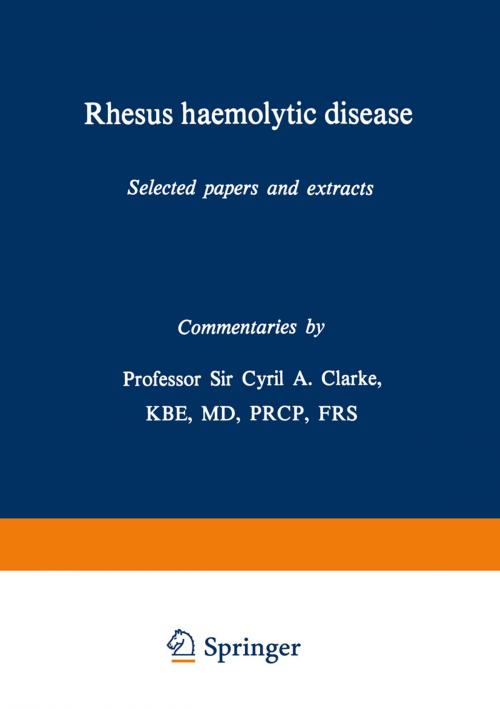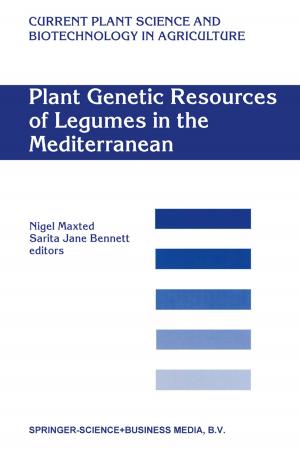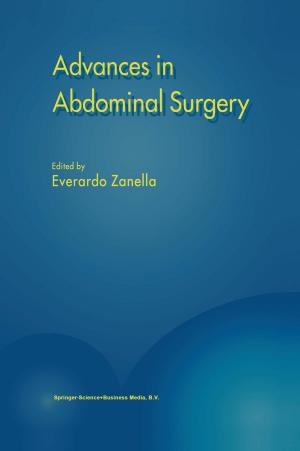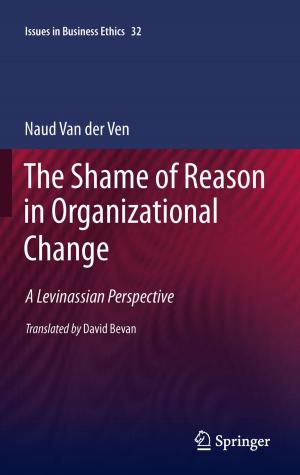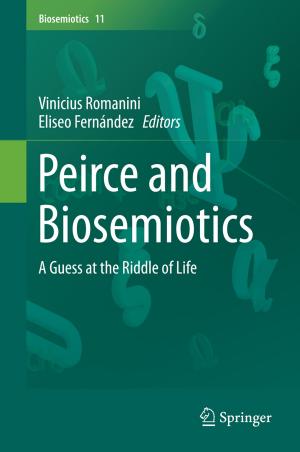Rhesus haemolytic disease
Selected papers and extracts
Nonfiction, Health & Well Being, Medical, Specialties, Internal Medicine, Hematology| Author: | ISBN: | 9789401161381 | |
| Publisher: | Springer Netherlands | Publication: | December 6, 2012 |
| Imprint: | Springer | Language: | English |
| Author: | |
| ISBN: | 9789401161381 |
| Publisher: | Springer Netherlands |
| Publication: | December 6, 2012 |
| Imprint: | Springer |
| Language: | English |
Jaundice ofnewbom infants was described by several authors in the 17th century. The condition, however, was usually thought of as being similar to adult jaundice and due ro occlusion of the bile ducts by 'glutinous humours'. On the other hand, some writers reported on the fact that more than one consecutive baby was often affected, and there is a classic example of the disease in twins written by Louyse Bourgeois, the midwife of Marie de Medici, in 1609. It was not until early in the 20th century that it was realised that the common link between these familial cases was anaemia, and later still that this was of the haemolytic type. The breakthrough, in terms of an idea, came in 1938, when Darrow postulated that the baby's red cells were destroyed by an immune reaction on the part of the mother, the result of immunisation by paternal factors in the fetus. Shortly afterwards Wiener discovered an entirely new blood group system, 'Rh', and it was found that it was in compatibility within this system that was responsible for the vast majority of cases of haemolytic disease of the newborn.
Jaundice ofnewbom infants was described by several authors in the 17th century. The condition, however, was usually thought of as being similar to adult jaundice and due ro occlusion of the bile ducts by 'glutinous humours'. On the other hand, some writers reported on the fact that more than one consecutive baby was often affected, and there is a classic example of the disease in twins written by Louyse Bourgeois, the midwife of Marie de Medici, in 1609. It was not until early in the 20th century that it was realised that the common link between these familial cases was anaemia, and later still that this was of the haemolytic type. The breakthrough, in terms of an idea, came in 1938, when Darrow postulated that the baby's red cells were destroyed by an immune reaction on the part of the mother, the result of immunisation by paternal factors in the fetus. Shortly afterwards Wiener discovered an entirely new blood group system, 'Rh', and it was found that it was in compatibility within this system that was responsible for the vast majority of cases of haemolytic disease of the newborn.
